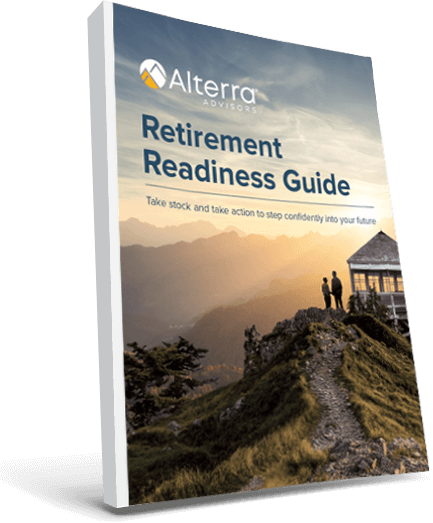Are you starting to think about making the transition to retirement? If so, do you find yourself excited…then suddenly anxious? If you do, you’re certainly not alone. Many people realize they haven’t planned as carefully for their retirement years as they had hoped, leaving a big question:
Have I saved enough?
You’re asking this question at the right time: while you’re still working and have time to make any necessary adjustments. If you’re wondering how much you need, your first step is determining a target dollar value for your portfolio – the number that will provide secure income throughout your retired years.
So…what’s your number? Here’s how to find out.
How to find your number
Your “number” is the amount you need in your nest egg to replace your income and live your dream retirement life. Once you know your number, you’ll compare that with the balance of your portfolio and have a good idea if you’re ready to retire. These questions will help you gather the information needed to calculate your number:
- What will I spend each year? Find out how much you need to keep the lights on each month, including healthcare expenses. Then, add your fun budget for travel, time with family, and other bucket list items. If possible, factor in periodic expenses like replacing your roof or buying a new car.
- What fixed income will I have? Pensions, social security, and rental income are examples of income that shows up like clockwork regardless of what’s happening in the stock market. If you plan to work part time at something you enjoy, factor this in as well. These will establish the baseline income you can rely on each month.
- What’s my income gap? With your total need and automatic monthly income established, we can identify how much you’ll need to draw from your retirement nest egg each month.
Be careful and thorough in this process so you don’t fall victim to the biggest retirement risk: overspending! Once you know your income gap, your “number” is the amount you need in your retirement portfolio to reliably generate that income each month.
Here’s an example
With answers to the questions above, we can calculate the amount you need in your portfolio to retire comfortably. After completing this exercise, let’s assume you find out:
- $10,000 per month is needed to enjoy retirement.
- $3,000 per month will come from fixed income.
- $7,000 per month is the gap you need to fill from investments.
If you expect to earn 5% per year on your portfolio with 3% inflation, your number is about $2.5 million in a retirement nest egg to generate the income you need, leaving a $1 million buffer left at age 95. We encourage a buffer like this for unexpected expenses, market volatility, and any other unforeseen circumstances.
Have you hit your number?
What did you find out? Let’s look at what you might do depending on your answer.
- I’m on track! Congrats…this is a major step forward! Next, you’ll want to address strategy questions about how to invest your nest egg for income and how you’ll create a stable paycheck.
- I’m a little behind. First off, you’re not alone. Many find that they haven’t quite reached their retirement goal. Shift focus to the three variables you control: when you retire, how much you spend in retirement, and how much you save before you retire. If needed, which of these would you prefer to adjust? Perhaps you’re saving as much as you can and want to keep your $10,000 per month spending goal, but you’re able to work for another few years or take on part-time income for a while. If you work with a financial advising and wealth management team, they should clearly show you how to fill the gap.
Finding your number is an important first step in charting your clear path to financial independence. If you lack the roadmap to reach your goals, building a financial plan is your next step. Use this exercise to refine your retirement goal, then find a planning team you can trust to help! If you’re looking for someone like this, reach out to schedule a Fit Interview with our team!
The hypothetical example is for illustrative purposes only and is not intended to represent the past or future performance of any specific investment. Actual results will fluctuate with market conditions and will vary over time.
The “Alterra” name was coined by joining the Latin roots “alter”, the origin of the word “altruism” with “terra” meaning earth or land. This name reflects the company philosophy of “clients before profits” and providing firmly grounded advice.


